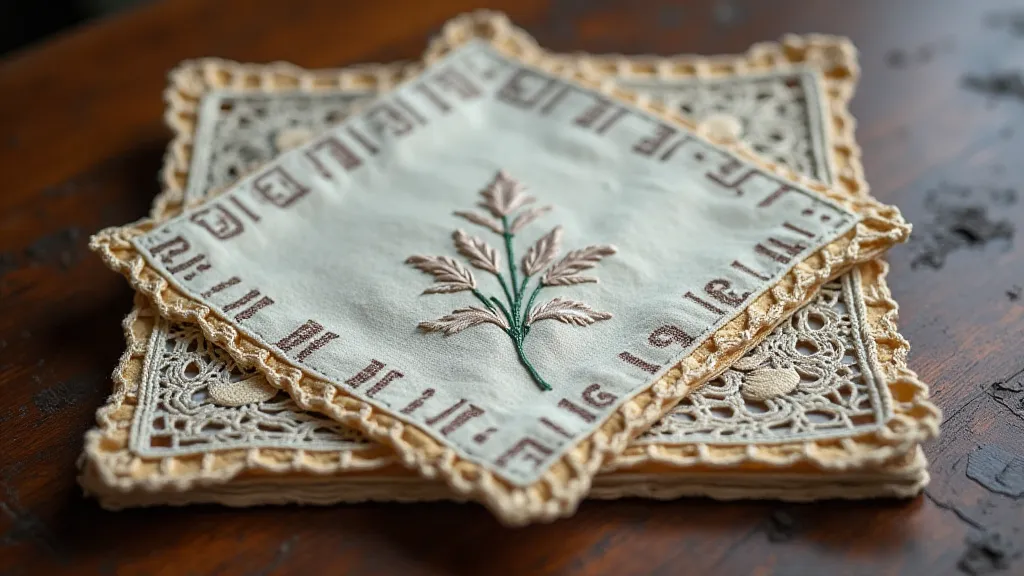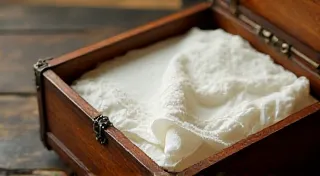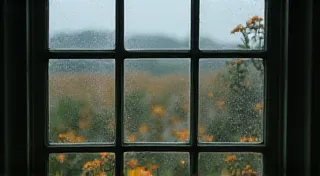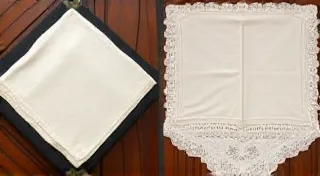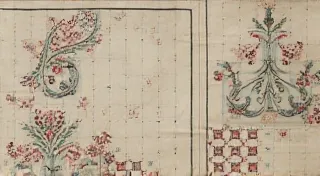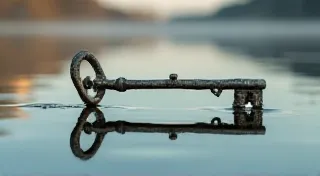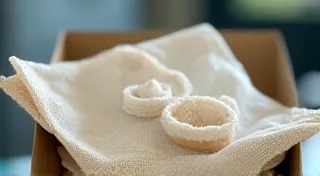Identifying Irish Crochet Handkerchiefs: Characteristics and Origins
Irish crochet handkerchiefs are among the most treasured and sought-after collectible linens. Their intricate designs and delicate craftsmanship tell a story of hardship, resilience, and a remarkable artistic tradition. This article delves into the defining characteristics of Irish crochet handkerchiefs and explores their fascinating origins, a crucial step in identifying these beautiful antique textiles.
The Historical Context: A Story of Survival
The rise of Irish crochet is inextricably linked to the Great Famine (1845-1849) in Ireland. As potato crops failed and mass starvation threatened, Irish women sought ways to support their families. Crochet, already a known skill, was promoted by organizations like the Alençon Lace Company in London, which provided patterns and materials. These patterns, initially based on Alençon lace designs, were adapted by Irish women, and over time, developed unique Irish characteristics. Crochet work provided much-needed income and offered a sense of purpose during a devastating period. Understanding the broader history of handkerchiefs, from their utilitarian beginnings to their modern status as collectibles, offers a valuable perspective on the evolution and significance of Irish crochet.
The sheer volume of work produced during this time, and the ingenuity of the women adapting these techniques, is truly remarkable. It’s a period etched in Irish history and reflected deeply within the textile art itself. The social and economic pressures placed upon families during the Famine dramatically shaped the patterns, materials, and even the scale of these exquisite pieces.
Understanding this history is key to appreciating the value and significance of these antique handkerchiefs. The quality and design often reflect the period they were made and the economic circumstances of the maker.
Distinguishing Features: What to Look For
Identifying a genuine Irish crochet handkerchief involves examining several key characteristics:
- Motifs: Early Irish crochet was heavily influenced by Alençon lace and featured floral motifs - roses, lilies, forget-me-nots - often arranged in circular or oval medallions. Later styles incorporated shamrocks, Celtic knots, and other Irish symbols. The arrangement of motifs is typically asymmetrical, a distinct departure from the symmetry of Alençon lace. The evolution of these motifs reveals changing aesthetic preferences and the increasing incorporation of distinctly Irish symbolism.
- Stitch and Texture: The crochet is usually executed in a very fine gauge, often using mercerized cotton thread. The stitch is generally a small, dense single crochet or a variation thereof, creating a firm but pliable fabric. Look for a slight 'crispness' to the fabric. The density and quality of the stitch provide clues to the skill of the artisan and the materials used.
- Background Mesh: The background of the handkerchief is formed by a delicate mesh pattern. The density and complexity of this mesh can vary. Early examples have a more open mesh, while later examples can have a more closely woven background. The intricacy of the mesh often correlates with the overall complexity of the design and the level of skill involved.
- Edge Finish: The edges of Irish crochet handkerchiefs are often finished with a decorative border, sometimes incorporating picot edging or other intricate crochet elements. The edge work is often quite elaborate. The details of the edge finishing can provide valuable insights into regional styles and individual maker preferences.
- Color: While early examples were typically white or cream, later handkerchiefs were sometimes dyed in soft pastels. The introduction of these pastel dyes signifies a shift in fashion trends and consumer demand.
Fabric Base: Irish crochet isn's a fabric itself, it's a technique applied to a base fabric. The base fabric is generally fine linen or cotton muslin. The presence of a worn or damaged base fabric doesn't necessarily devalue the handkerchief, but it's something to consider. The type of base fabric used – whether fine linen or delicate muslin – contributes to the overall feel and drape of the finished handkerchief.
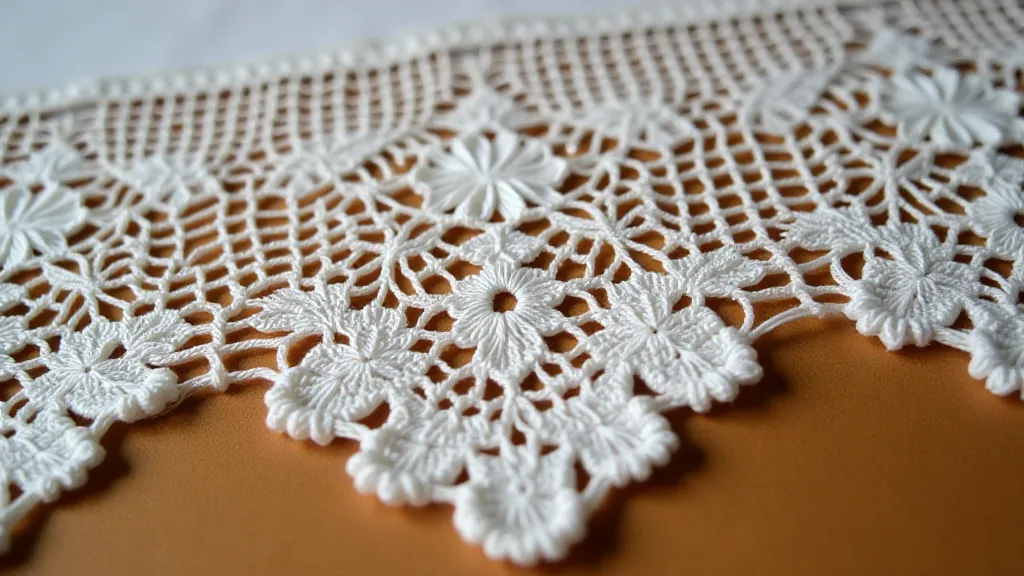
Dating Your Handkerchief: Clues and Considerations
While pinpointing an exact date for an Irish crochet handkerchief can be challenging, several factors can provide clues:
- Motif Style: Shamrocks and Celtic knots became more prevalent in the later 19th century. These increasingly recognizable symbols quickly became emblems of Irish identity, solidifying their place on these treasured keepsakes.
- Thread Type: The introduction of mercerized cotton thread, which gives a pearly sheen, occurred in the mid-1800s. This technological advancement significantly altered the appearance and longevity of the finished product, providing a clear marker of later production.
- Overall Design Complexity: Early Irish crochet tended to be simpler in design, while later examples became more elaborate. The complexity of the crochet work can also sometimes subtly reflect broader trends in late 19th and early 20th century handkerchief styles, offering further context. Examining these broader styles offers an added layer of understanding of the cultural trends influencing textile art.
- Condition and Wear: While not a dating tool in itself, the condition of the handkerchief can indicate its age and previous handling. The effects of time and handling offer a visual history of the handkerchief’s journey.
Remember that variations exist, and regional styles within Ireland also played a role in the evolution of Irish crochet. The nuanced differences in technique and design between regions often reflect distinct cultural traditions and artistic communities.
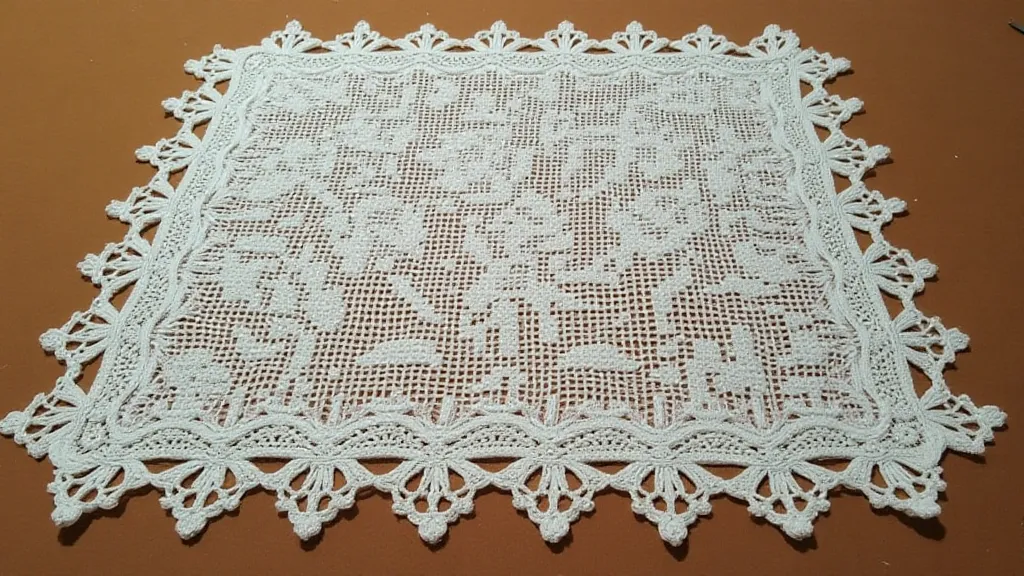
The Language of Detail: Beyond Aesthetics
Beyond the purely aesthetic considerations, the study of antique Irish crochet handkerchiefs offers a fascinating glimpse into the societal and emotional lives of the women who created them. Many antique textiles, particularly those created during times of hardship, hold profound sentimental value. The deliberate choice of motifs, the meticulous attention to detail, and even subtle variations in stitch density can speak volumes about the maker’s story – a subject eloquently explored in writings concerning hand embroidery as a language of the lost. These textiles served as more than just decorative items; they were expressions of identity, resilience, and hope.
Monograms and Markers of Identity
Often, Irish crochet handkerchiefs are adorned with monograms, initials, or small embroidered details. These markings, while adding to the handkerchief's charm, also serve as crucial identifiers. Deciphering these markings— understanding the conventions used to encode names and dates—can reveal surprising details about the original owner and the context in which the handkerchief was created. Our guide on the significance of monograms on antique handkerchiefs provides a detailed explanation of the common symbols and encoding techniques used during the 19th and early 20th centuries. The decipherment of these personal marks unveils aspects of family history and social standing.
Beyond Identification: Collecting and Preservation
Collecting Irish crochet handkerchiefs is a rewarding pursuit. They offer a tangible connection to a poignant chapter in Irish history and represent remarkable artistry. When acquiring these treasures, consider the overall condition, the quality of the crochet, and the rarity of the design. These pieces are more than just collectibles; they are historical artifacts.
Proper preservation is essential. Store handkerchiefs flat, away from direct sunlight, and handle them with care to prevent further damage. These fragile pieces are a testament to human resilience and artistic skill, and worthy of preservation for generations to come. Consider using acid-free tissue paper and archival storage boxes to protect these delicate treasures.
